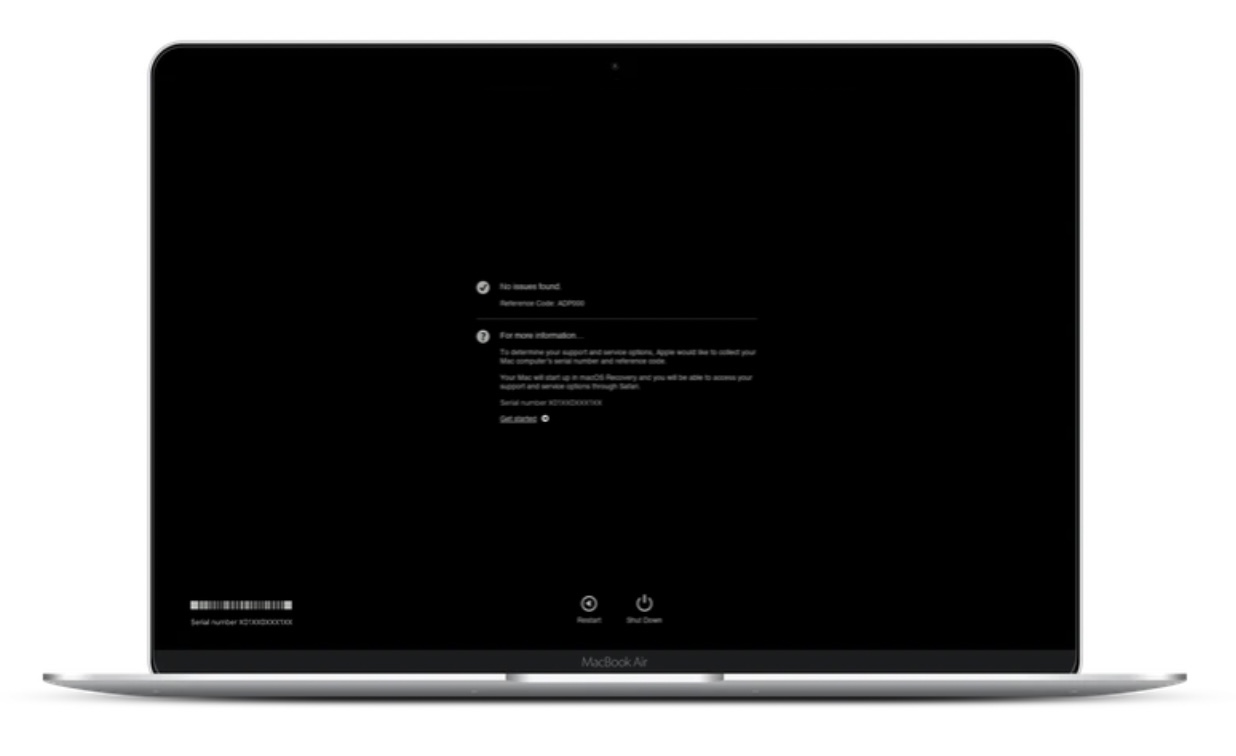

Open the Performance Profiler by choosing Debug > Performance Profiler (or Alt + F2). This tool is available in the Performance Profiler. The generic events viewer allows you to view the activity of your application through a list of events, such as module load, thread start, and system configurations, to help better diagnose how your application is performing right within the Visual Studio profiler. In the report, you can select a time period with a suspected performance issue, and then examine the detailed UI thread activities in the Timeline details view (lower pane). Similarly, high numbers in the UI thread utilization graph may also correspond to UI responsiveness issues. Low framerates in the Visual throughput graph may correspond to visual problems that you see when running your app. In your app, go through the scenario with a suspected resource consumption issue, and then choose Stop collection to generate the report. To use the tool, choose Application Timeline in the Performance Profiler, and then choose Start. For example, you can analyze the time spent by your application preparing UI frames (layout and render), servicing network and disk requests, and in scenarios like application startup, page load, and Window resize.
MAC DIAGNOSTIC TOOLS FREE WINDOWS
In XAML apps, such as Windows desktop WPF apps and UWP apps, you can analyze resource consumption using the Application Timeline tool. If you click the link on the left instead in the Memory Usage view, the heap view is organized by object count the objects of a particular type that increased the most in number are shown at the top (sorted by Count Diff column). The following illustration shows taking a snapshot with the debugger-integrated tool. Then you can view a diff of the two snapshots and see exactly what changed. Often, the best way to analyze memory is to take two snapshots the first right before a suspected memory issue, and the second snapshot right after a suspected memory issue occurs. To analyze memory usage with the Memory Usage tool, you need to take at least one memory snapshot. If you need to use debugger features while checking memory, such as stepping through code, the debugger-integrated Memory usage tool is recommended. The Memory usage tool is helpful in identifying memory leaks, which are not typically common in.You can run this tool on local or remote machines. This tool runs only as a post-mortem tool. NET code, and helps identify common issues with garbage collection. NET Object Allocation tool helps you identify allocation patterns and anomalies in your.


NET Object Allocation tool or the Memory usage tool. NET developers may choose between either the. You can use the debugger-integrated Memory Usage tool or the post-mortem Memory Usage tool in the Performance Profiler. For example, you can look at the number and size of objects on the heap. The Diagnostic Tools window also allows you to evaluate memory usage in your app using the Memory Usage tool.

This data can help you evaluate whether the function itself is a performance bottleneck. The Function Body section shows the total amount of time (and the percentage of time) spent in the function body excluding time spent in calling and called functions.
MAC DIAGNOSTIC TOOLS FREE CODE
For example, if you step through code (F10, F11), PerfTips show you the app runtime duration from the previous step operation to the current step.ĭouble-click on a function that you are interested in, and you will see a more detailed three-pane "butterfly" view, with the selected function in the middle of the window, the calling function on the left, and called functions on the right. You can check information such as the duration of the event (measured from when the debugger was last paused, or when the app started). Using PerfTips, you can view performance information while interacting with your code. Often, the easiest way to view performance information is to use PerfTips. You can also use the command-line profiler to enable scenarios involving multiple profiling tools. Tools such as CPU Usage may provide complementary data that you can use to help in your analysis. In some scenarios, the window allows you to select multiple profiling tools. To see profiling tool support for different app types, see Which tool should I use? Tools available in the Performance Profiler include: The debugger-integrated tools, see Run profiling tools with or without the debugger. For more information on using the CPU Usage or Memory usage tool in the Performance Profiler vs.


 0 kommentar(er)
0 kommentar(er)
